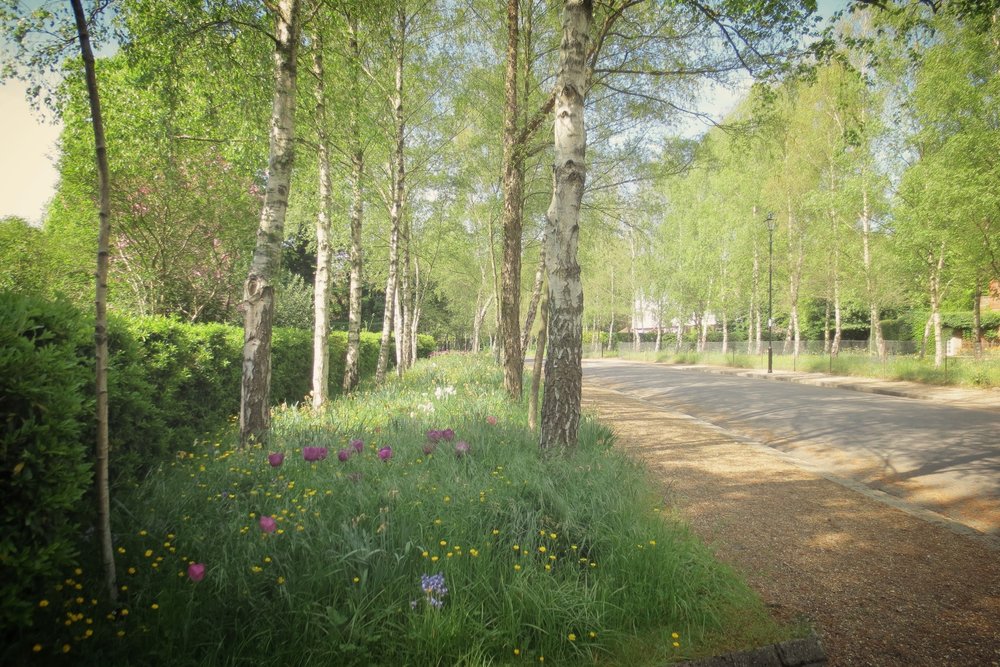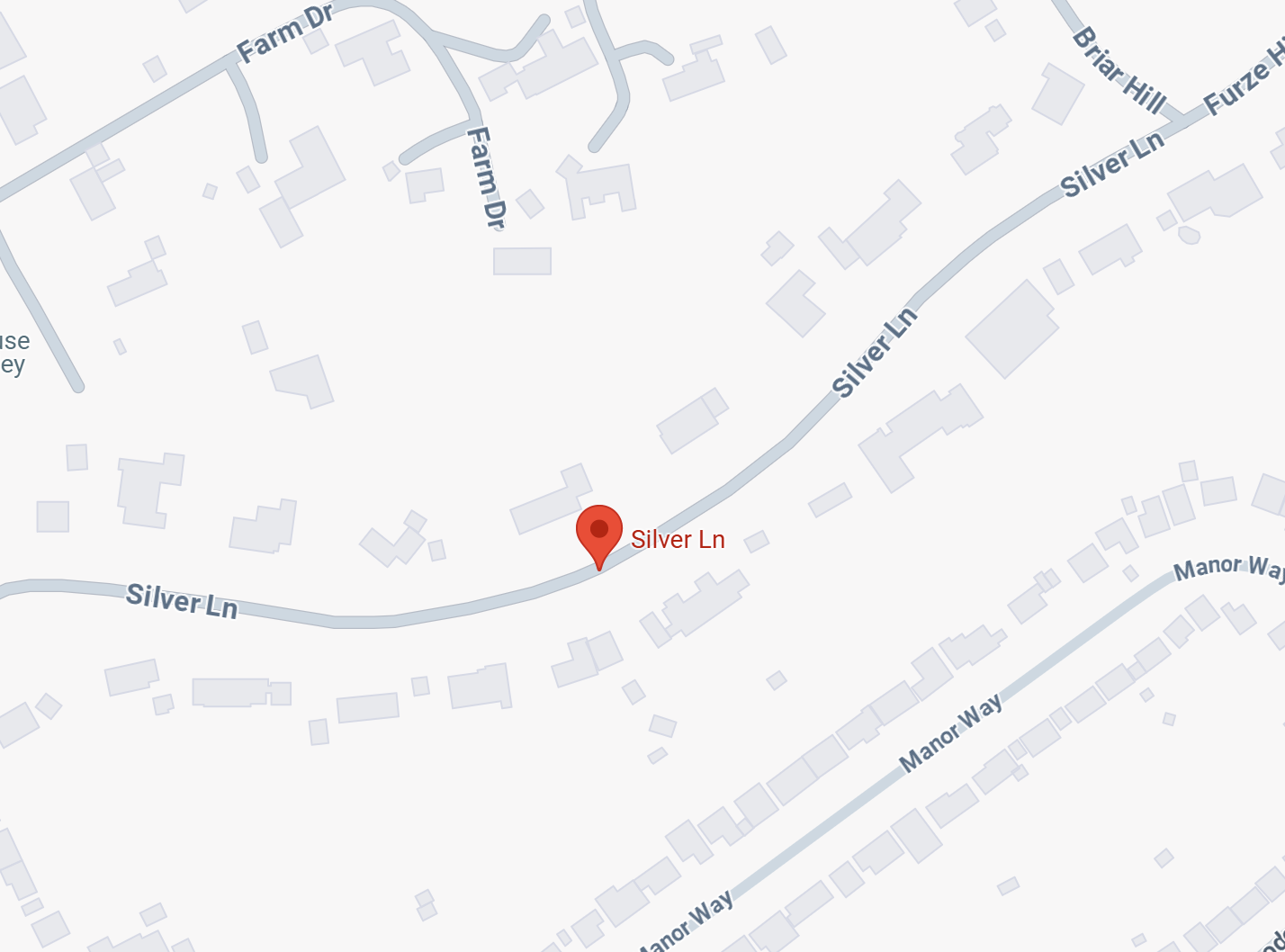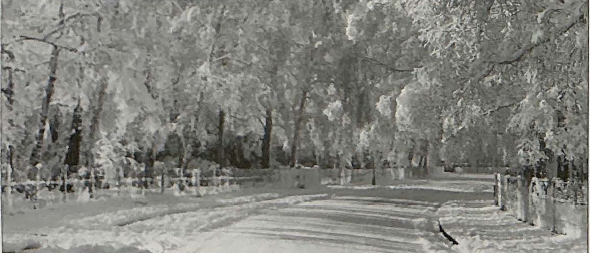Silver Lane

Silver Lane is another of Webb's magnificent roads. On each side two rows of silver birch trees rise majestically along its entire length. To make the trees grow tall and graceful they were planted next to each other and by 1919 they had been thinned out twice
Plantation
- The SIlver Birch plantation and the underlying spring bulb border in front of each plot together with the Laurel Platation at the north-west corner of 20 Silver.
- Important background to the War Memorial at the south-east end of Promenade De Verdun
- Beech, Birch, Pine
- Cherry, Plum, Laburnum, Holly
- Catalpa
Beneath the trees, the ground is carpeted with grass, where thousands of bulbs and wild flowers are planted. Webb originally referred to Silver Lane as "the bulb road". The best season for vieweing the road coes just after Christmas, with snowdrops and aconites, and goes on through crocuses, daffodils, primroses, violets, snakeheads, cowslips, anemones and finally tulips in April and May.
The ground was planted with a short-growing variety of grass, after one famous miscalculation when the grass grew to three feet high and had to be cut with pocket knives to avoid harming the bulbs.
At first the trees stood on wide grass verges separated from the gardens by privet hedges. Later the privet hedges were removed because they detracted from the desired effect, and now the trees stand behind a low wire fence.


Some of the original trees have since been destroyed and in their places young trees have been introduced. Houses were only built after the trees had been given some time to mature.
The silver birches suffered greatly in the 1987 hurricane and many have now been replanted.
Silver lane leads uphill to the south west coming from left to right and then left again. There are gates at the junction with Upper Woodcote Village which operate via fob or telephone.
Silver Lane in Bulb Time



